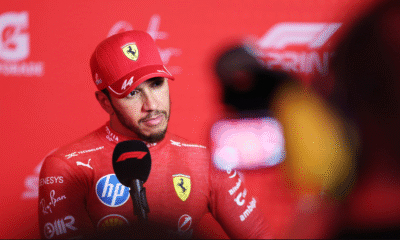Business
Gradual Recovery Expected in Domestic Cotton Yarn Demand for FY2025: ICRA
According to ICRA, the domestic cotton spinning industry is set to recover gradually in FY2025, with an expected growth of 6-8%. This recovery follows two years of decline, driven by subdued domestic demand and falling yarn prices. The projected growth is supported by a 4-6% increase in volume and mild realisation gains.
Domestic consumption, which accounts for over two-thirds of the total cotton yarn produced, shows signs of recovery, particularly from downstream segments like readymade garments and home textiles. Export levels rebounded in FY2024 due to a lower base and are expected to normalize in FY2025 despite global demand challenges. A shift in sourcing preferences away from other countries will help offset some of these challenges.
Domestic cotton prices, which peaked sharply in the first half of FY2023, have declined over the last two years. Prices dropped by approximately 26% year-on-year in FY2024 due to moderated global prices and weak end-user demand. However, a marginal increase in cotton prices is expected soon due to recovering demand and a reduction in the cotton sown area. Cotton yarn prices have been declining since June 2022 and are also expected to rise slightly in FY2025.
Commenting on the outlook, K Srikumar, Senior Vice President & Co-Group Head of Corporate Sector Ratings, ICRA, stated, “The operating income of Indian cotton spinning companies is projected to improve by 6-8% in FY2025 with a recovery in domestic demand and a slight increase in yarn prices. Gross contribution margins for spinners, which sharply contracted by around 20% year-on-year in FY2024, recovered by an estimated 5% in Q1 FY2025. This recovery trend is likely to continue, expanding operating profit margins by 100-150 basis points.”
The industry incurred high debt-funded capital expenditures in FY2023 due to deferred capital expenses during the COVID-19 period. In H2 FY2023, the industry saw deteriorated coverage metrics with reduced yarn demand. Major capital expenditures have been halted in the near term due to weak domestic demand and lower realisations in FY2024. However, ICRA anticipates a marginal increase in capital expenditure announcements in FY2025, driven by the need to modernize machinery and improve domestic demand from downstream apparel companies.
Srikumar added, “Industry leverage levels rose in FY2024 primarily due to increased short-term borrowings to fund incremental working capital requirements. Leverage levels are expected to reduce with better cash accruals and minimal capital expenditure. Consequently, debt protection metrics should improve, with the total outside liabilities to tangible net worth ratio improving marginally to around 0.6 times in FY2025 and the total debt to operating profit ratio improving to 2.5-3.0 times from 3.5-4.0 times in FY2024.”









































